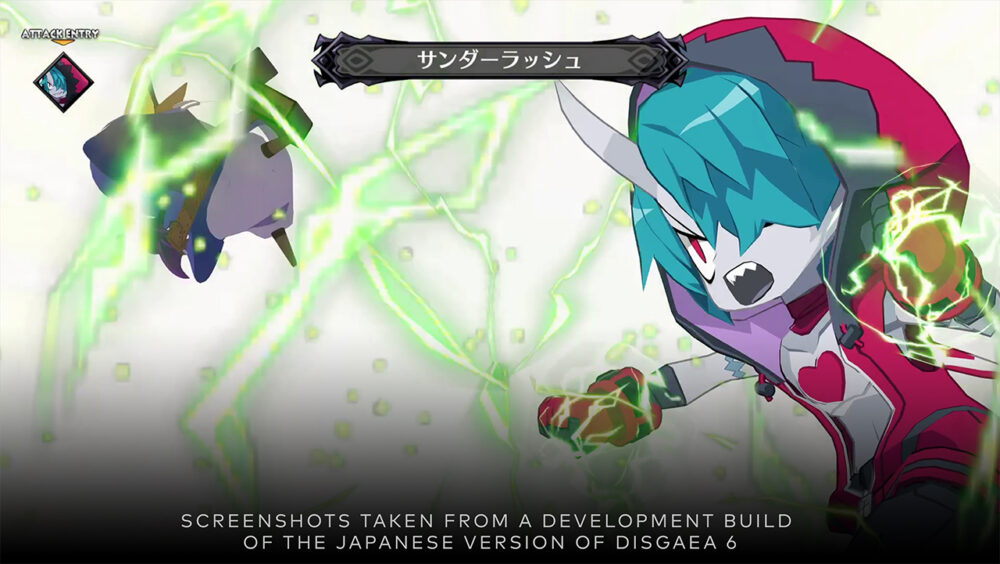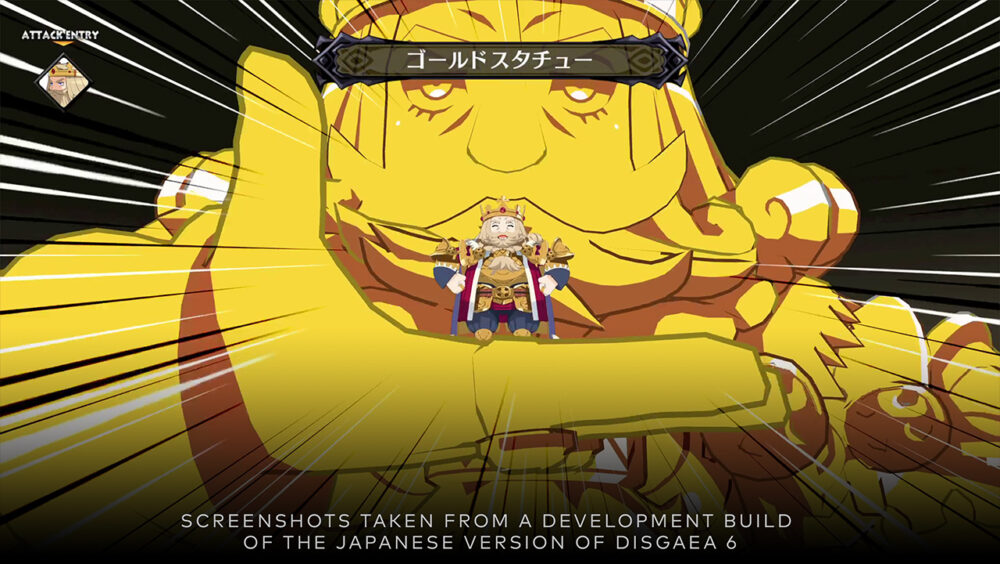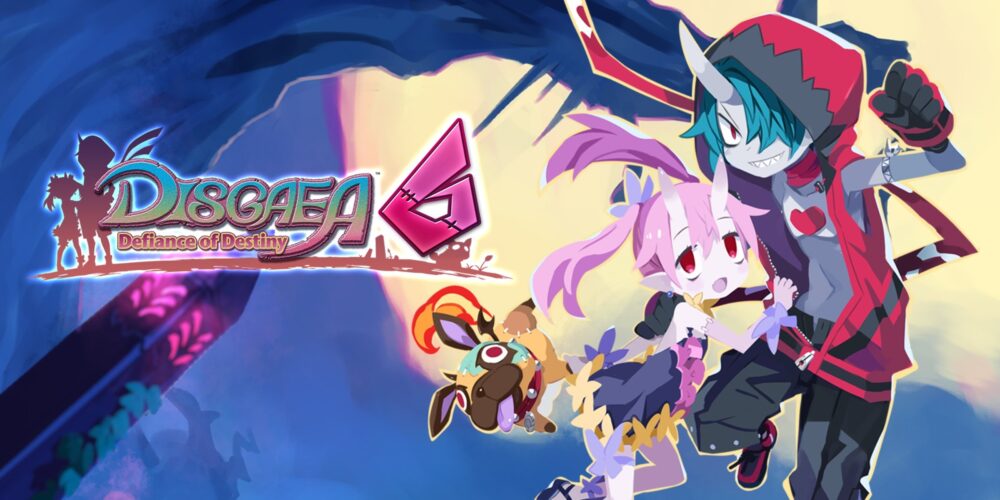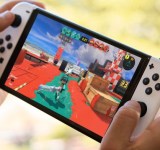SRPGs exist in a strange space between genres. On one hand, many modern variants have a dryness and seriousness to them clearly translated from the strategy side of the mixture. On the other, they often contain the classically overdesigned characters and features found in most JRPGs. What results from this can often feel a bit out of sorts, with plot, gameplay, difficulty and aesthetic clashing and making for a confusing feel.
Due to this, I really went off SRPGs for a long while; until I found the Disgaea series. My entry point was Disgaea 5 Complete, which I reviewed for Invision a few years ago. It was a refreshing experience, with mechanics which were simultaneously simple and ridiculously complicated. If you wanted to over-level, you could; and easily too! If you wanted to create mechanically complex characters which synergised with each other through hours of effort, it was not only possible, but accessible. At the same time, if you just wanted to run through it as simply as possible you could. All in all, it just didn’t take itself too seriously and acknowledged the ridiculousness inherent to the genre. Needless to say, entering Disgaea 6 I had high hopes – not just for another adventure in the underworld, but for the evolution of a long-running franchise into the modern era – but having experienced much of what it has to offer my feelings are very conflicted.

Like every Disgaea before it, D6 takes place in the Netherworld; a collection of parallel universes inhabited by demons and monsters. Whilst these universes are somewhat connected, each is controlled by its own Overlord – I like to think of each as its own mini-hell with a thematically consistent “Satan” figure. Also in Disgaea are a number of human worlds and various heavenly places which occasionally make an appearance. Unusually for the series, you start the game playing as the unknown Zed – a zombie with no discernible status but a strange amount of power. His aim, with the assistance of his zombie-pug companion, is to kill the God of Destruction, who is travelling the netherworlds and bringing ruin to them one by one. Zed’s unrelenting drive to reach this goal is shrouded in mystery at first, but as the game progresses his motives are revealed and he begins to assemble a group of allies to help him in his quest. As far as plots go, it’s very Nippon Ichi, in that it starts slowly and drips in new characters formulaically before the inevitable training arc and a third act which really goes up a gear. It’s not the best storyline in the series, but it’s functional and interesting most of the time; even if the mid-game’s emphasis on what “power” does feel like a worn-out trope at this point.

The characters, again, aren’t the best the series has to offer, but they still stand head and shoulders above many other game protagonists. Zed is a great main, with some excellent motivations, although it does feel like much of his development throughout the story re-treads that of Killia from D5. Most of the other protagonists follow the model of being introduced with a fundamental flaw, joining the party, overcoming their flaw and unlocking their true potential. As I say, it’s what you expect from the formula and whilst I would have liked more mixing up akin to the journey of Christo in D5, I still enjoyed seeing how each character evolved.
The gameplay of Disgaea 6 is split up into two distinct sections; you have the main story quests, where you have a cutscene, a battle in a set arena and another cutscene. You have the “lobby” sections, where you can access the shop, choose missions, change and upgrade characters etc. There is a lot to do and I won’t have time to go into depth for all, but there are all of the areas you would expect if you’ve played previous games. The character can be developed in a variety of ways to an infinite degree through the use of reincarnation (reset to level 1 but with almost unchanged stats,) Evilities (abilities unlock by transferrable scrolls, levelling and use of earnable points,) the item world (a never-ending dungeon which improves equipment and yields various other rewards,) and innocents (upgradable boost to equipment and items.) If you choose to, you can theoretically max out Zed within the first world, even if it would take a while! This flexibility is what attracts so many to the series and thankfully it’s fully intact from older iterations.

The gameplay itself occurs on a grid, with the player and the CPU taking turns to manoeuvre characters in order to defeat the enemy. The player can have up to 10 characters on the field, whilst the rules are less set in stone for the CPU. Unlike other SRPGs however, the turn-based combat isn’t limited to simply attacking, defending and moving. Characters earn special attacks as they level which can deal damage, heal, power up etc. Some are single target, some cover a set area, but there’s a wide range to try. In addition, characters can also lift one another (and tower up), throw each other, support their comrades during their attacks and do all sorts of other interesting things. It’s a great system that hasn’t been messed with and the central combat loop is just as great as ever. Unfortunately, I think that some series veterans will be disappointed with a few gameplay features missing in this instalment.

Magichange, chara world, tower skills, colour edit, interrogation are some of the less egregious cuts. The ones I’m not happy about include weapon skills – abilities tied to weapon proficiency that all characters can learn – and generic classes. Like always, you can create your own characters from a number of generic classes and monster types unlockable throughout. Unfortunately, the number of available ones has been drastically reduced from nearly 50 in Disgaea 5 to just over 20 in Disgaea 6. Long-running favourites have been cut, which I found really limiting really. Due to these two changes, whilst characters are still highly customisable they never feel quite as varied or versatile, which is a real shame. Overall, the game still plays well and can be incredibly fun. It just feels like the combat and customisation has taken a massive step back, and whilst I expect DLC will relieve at least the drought of character types, it’s disappointing that players will likely have to pay for things that really should have been included at launch. It just feels kind of unfinished. Granted, they have added three new generic classes and an auto-battle function, but whilst I love my crab-people they simply don’t make up for everything that’s missing.

Unfortunately, this feeling also extends to the aesthetic of the game. For the first time ever, Disgaea 6 is in 3D, with character models rendered in real-time. On one hand, this has vastly improved the flexibility in terms of how you view the battlefield and the actual skill animations look absolutely fantastic. On the flip-side, whilst the models themselves are good, the game as a whole runs and looks terrible when played on the Switch – and only the Switch version is heading west. You have the choice between low fps and crispish visuals or an acceptable fps covered in thick, blurry Vaseline. I played most of the game on the middle, in-between setting, and whilst I like the fact we’ve reached 3D territory, at times I longest for the smooth and polished look of Disgaea 5’s 2D visuals. At least the audio design is still great, with some brilliantly performed voice lines for both main and generic characters.

On the whole, Disgaea 6 isn’t a bad game. On the contrary, even a bad Disgaea is still a great time. Unfortunately, I feel that after the triumph of D5, it’s a massive letdown on quite a few levels. I’d definitely give it a go if you love the series and the style of gameplay, but I can see myself personally going back to the polished, content-rich allure of Disgaea 5 instead when I inevitably get the Disgaea itch.
This review is based on the Nintendo Switch version of the game which can be purchased here for £53.99.
Developed and Published by Nippon Ichi Software
Disgaea 6 Defiance of Destiny is also available on PlayStation 4 in Japan. Try play Asia here is a link.
Author’s note – Whilst I feel the game’s performance does seriously impact enjoyment, I have not factored this into the overall rating due to it not affecting gameplay itself too drastically – only the aesthetic feel. My final score assumes that patches will improve it over time, but please be aware that at time of writing, the lobby areas in particular feel very sluggish to control.
Enjoy the review? want to read more of our reviews? then click right here to be whisked away to the realm of our opinions.








You must be logged in to post a comment.